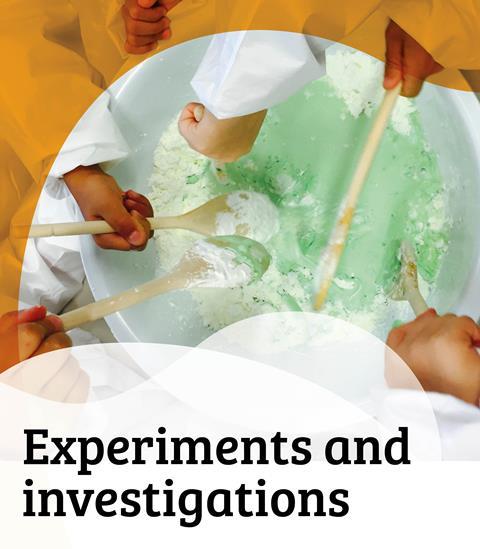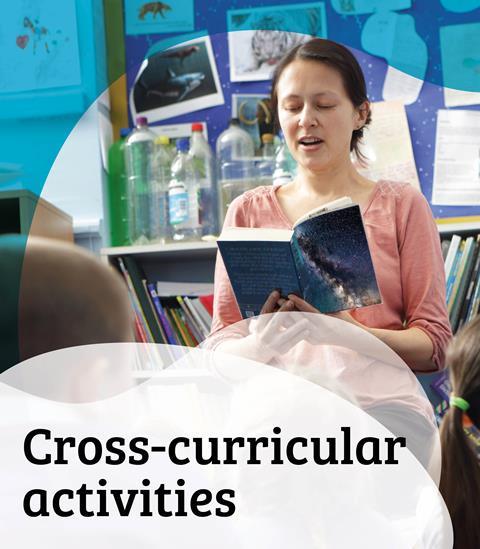The ‘grouping and classifying materials’ chapter from That’s Chemistry! This chapter looks at the key ideas and activities that can be used to teach primary students how to group and classify materials
The ‘grouping and classifying materials’ chapter from That’s Chemistry! This chapter looks at the key ideas and activities that can be used to teach primary students how to group and classify materials.
These PDFs have been taken from the popular book, That’s Chemistry! compiled by Jan Rees.
This book covers key ideas of physical science that primary students learn about, as well as giving numerous suggestions of activities, demonstrations and investigations that can be used to enhance students’ learning.
If you teach primary science, see the headings below to find out how to use this resource:
Skill development
Children will develop their working scientifically skills by:
- Asking questions about scientific phenomena.
- Selecting and planning the most appropriate ways to answer science questions, including:
- Grouping and classifying things.
- Carrying out comparative and fair tests.
- Using appropriate scientific language and ideas to explain, evaluate and communicate their methods and findings.
Learning outcomes
Children will:
- Distinguish between an object and the material from which it is made.
- Identify and name a variety of everyday materials, including wood, plastic, glass, metal, water and rock.
- Describe the simple physical properties of a variety of everyday materials.
- Compare and group together a variety of everyday materials on the basis of their simple physical properties.
- Identify and compare the suitability of a variety of everyday materials for particular uses.
Concepts supported
Children will learn:
- That different materials have different properties.
- That materials means any substance – not just fabrics or textiles.
- That materials can be grouped into natural, converted and synthetic materials.
- That objects are made of one or more materials.
Suggested activity use
This resource can be used as a long-term planning tool to map out a sequence of learning that will introduce materials and their properties to the children. The resource provides an opportunity for several whole class investigations and group work to be carried out.
Practical considerations
As the resource provides possible activities to fit into a scheme of work, you will need to look at these activities and determine which are most appropriate for your class.
Several of the activities require specific resources, which will need to be sourced before the lesson.
Downloads
Grouping and classifying materials
PDF, Size 13.62 mbBibliography and teachers resources
PDF, Size 2.53 mb
Websites
Additional information
That’s Chemistry!
- 1
- 2
- 3
- 4
- 5
- 6
- 7
- 8
- 9
- 10
 Currently reading
Currently readingGrouping and classifying materials using their simple properties
- 11
- 12
- 13





















No comments yet